
My second novel Dead but Dreaming was published on 31 July. It is the story of a young folklorist, who travels into the English countryside in 1970 to collect testimonies about the faeries from people in the rurality. The setting is the Tertiary Research Unit of a psychiatric hospital, where the protagonist soon finds there is much more going on than they had bargained for. It’s a story about the faeries as metaphysical entities, but also includes many tropes and motifs: the concept of solipsism, Dissociative Identity Disorder (termed Hysterical Neurosis, Dissociative Type in 1970), the grief and guilt over the loss of a sister, the simulated reality of dreams, altered states of consciousness, and a musical ambience of period Prog Rock and Psychedelia. The poetry of Byron is embedded throughout; with suggestions of his chimerical reincarnation. And there is, of course, a love story, albeit an unusual affair.
Dead but Dreaming is the follow up to my 2016 novel Set the Controls for the Heart of the Sun, and readers of that may recognise some continued themes in the new book. I have attempted to explore how serious psychiatric disorders are dealt with, both by the afflicted and by those treating them. I like to do this by taking things to the extreme and to bring a left-field perspective to the narrative — and there are some quite ‘out there’ concepts in the storyline. Various types of altered states of consciousness allow in supernatural elements, such as the faeries, but it’s not a fantasy story; it is more about how the main protagonist deals with the numinous experiences they are confronted with, and how their perception of reality changes once they realise that consciousness is more complex than they’d previously thought.
I decided to set it in 1970 for several reasons. First, the psychiatric disorder now known as Dissociative Identity Disorder forms an important part of the story, and I wanted to catch it before it became an extremely controversial subject from the mid 1970s. Before that time it was little studied, with only a few hundred clinical cases through the 20th century, and so I had a bit more freedom to mould it into the narrative. Second, the (un-named) psychiatric hospital in the story is the environment where most of the action happens. In 1970 these types of institution were on the cusp of being dismantled and closed during the 1980s. I think these hospitals were an incredibly important part of society for over 150 years, and yet their role has been almost forgotten now. Setting the story in 1970 allowed me to portray what they were like (with much artistic licence of course) during their twilight. Third, I wanted to include a very specific musical era, where the psychedelia of the 1960s met the Prog Rock of the 1970s… 1970 was the perfect moment, and there is a constant backdrop of music from the year throughout the story, from Van der Graaf Generator to Pink Floyd to the Isle of Wight Festival.

I hope readers will enjoy it. I certainly enjoyed writing it… well, most of the time! Here is the prologue:
Exordium
My little sister; I lost her when she was just a child. One moment we were together, the next she was gone. Her physical memory has become blurred into an arbitrary collection of blue-eyed glances, soft tones, touches and laughter. But underneath the dulled remembrance rests the overwhelming loss; at least a loss that has overwhelmed me. She usually comes to me in dreams, but not always.
***
There was a place at the end of an overgrown garden, down a bank and through some alders to a narrow, dirty brook. I presume it’s still there. We used to spend endless summer days in that gloomy refuge. We read, talked, ruminated, napped. Our secret chatter should have made its mark there. But everything else rests only with me, in my memory. Her memory is gone. It has become something other than memory.
She always saw faeries there. When she was a little girl she’d play games with them, but when she was a bigger girl she just talked with them. I was only allowed peripheral glimpses of them amidst the leaves, and their voices were never more than the drone of the brook made fleetingly real during drifts into and out of sleep. But I believed in her belief. She’d always start with the invocation: We must not look at faerie men; we must not eat their fruits. Who knows upon what soil they fed their hungry, thirsty roots. And then she would laugh and skip down to her special places within the overhanging trees where she would begin her communions.
She was twelve the last time we went there. It was damp and the brook had a musty smell. She came back from one of her spots amid the trees, pale and tearful. The faeries had sung her a requiem. They promised her she would be able to come back to me as a blackbird for a short while, but only for a short while. After her annihilation she would have to disappear from the world. She cried as we made our way through the garden. There were no words, just tears. I cannot think further about what happened after this. It is not something I have learned to contemplate without despair.
It was a month or so after her death that I finally allowed myself to visit her grave in the churchyard. The thought of her lifeless, decomposing corpse only a few feet away from me became too much, and I retreated to a bench by the church porch. I sobbed and clutched the seat beneath me. Through the tear-mist I saw a female blackbird skip from the branch of a yew tree above me to within a pace of my foot, chirping with vigour. She cocked her head and looked at me with one dark eye.
‘I love you,’ I whispered.
She preened her wing, cocked her head once more and then darted away to a low branch.
‘I love you,’ I said again.
I bowed my head and closed my wet eyes. A gust of wind made itself known. It carried within its airy tone the residue of a voice, modulated through the yew tree: I am dead but dreaming. I am dreaming of you.

The book can be purchased as a paperback or e-book from most online outlets including:
Amazon UK Amazon US Rowanvale Books
The cover image of the book is by the supernally talented Ylenia Viola.
About Neil Rushton
Neil Rushton attained a PhD from Trinity College at the University of Cambridge (Archaeology/History) in 2002. He is now a freelance writer, who has published on a wide range of subjects from castle fortification to folklore. His first novel, Set the Controls for the Heart of the Sun, was published in 2016. Dead but Dreaming is his second novel and brings together his research into folklore, social history and the philosophy of consciousness.
Find and follow Neil Rushton
deadbutdreaming Blog Amazon Facebook: The Faerie Code
Also by Neil Rushton
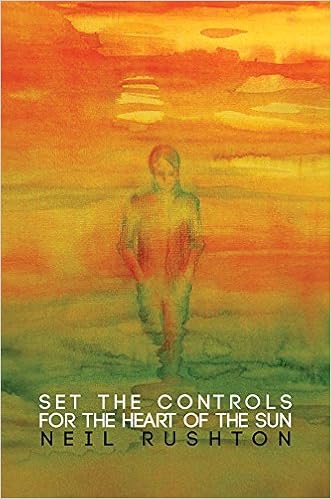 Set the Controls for the Heart of the Sun by Neil Rushton is an unnerving and unusual story about one man’s struggle to overcome perceived mental illness with the use of psychedelic drugs. Fantasy and reality intertwine leaving the reader never quite certain whether the author is recounting a hallucinogenic trip, a dream sequence, or something else altogether. Observations on the human condition will resonate with many as, to a backdrop of Syd Barrett and Pink Floyd, the author debates the merits of whether we are all in fact a little mad…
Set the Controls for the Heart of the Sun by Neil Rushton is an unnerving and unusual story about one man’s struggle to overcome perceived mental illness with the use of psychedelic drugs. Fantasy and reality intertwine leaving the reader never quite certain whether the author is recounting a hallucinogenic trip, a dream sequence, or something else altogether. Observations on the human condition will resonate with many as, to a backdrop of Syd Barrett and Pink Floyd, the author debates the merits of whether we are all in fact a little mad…
“I’m not mad”…
A compelling, sometimes uncomfortable, but never dull read, it will leave the reader knowing a little more about themselves and the mysteries of the human mind.
Be my guest…
If you are a writer, artist or photographer…If you have a poem, story or memoirs to share… If you have a book to promote, a character to introduce, an exhibition or event to publicise… If you have advice for writers, artists or bloggers… or simply a story or an opinion to share…
If you would like to be my guest, please read the guidelines and get in touch!


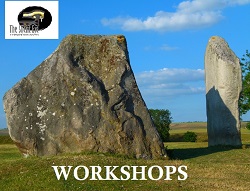



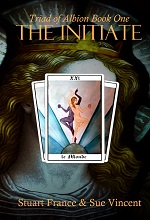


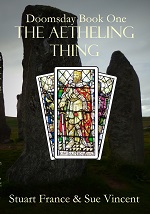
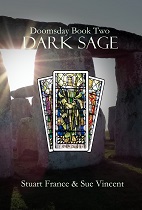
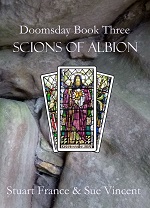
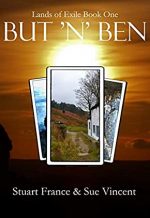






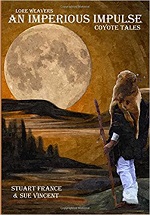


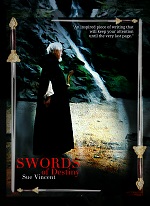

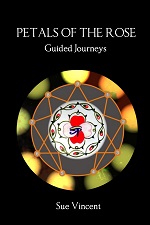

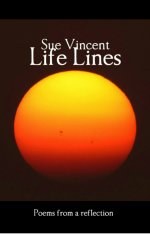




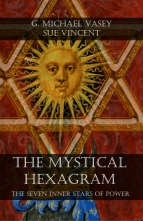

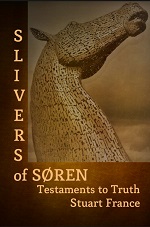





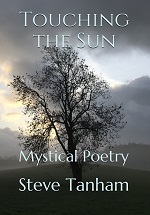

Pingback: Dead but Dreaming – the Novel – deadbutdreaming
Reblogged this on firefly465 and commented:
Neil Rushton’s new novel Dead but Dreaming.
LikeLike
🙂
LikeLiked by 1 person
I really enjoyed Set the Controls for the Heart of the Sun. Looking forward to reading this one!
LikeLiked by 1 person